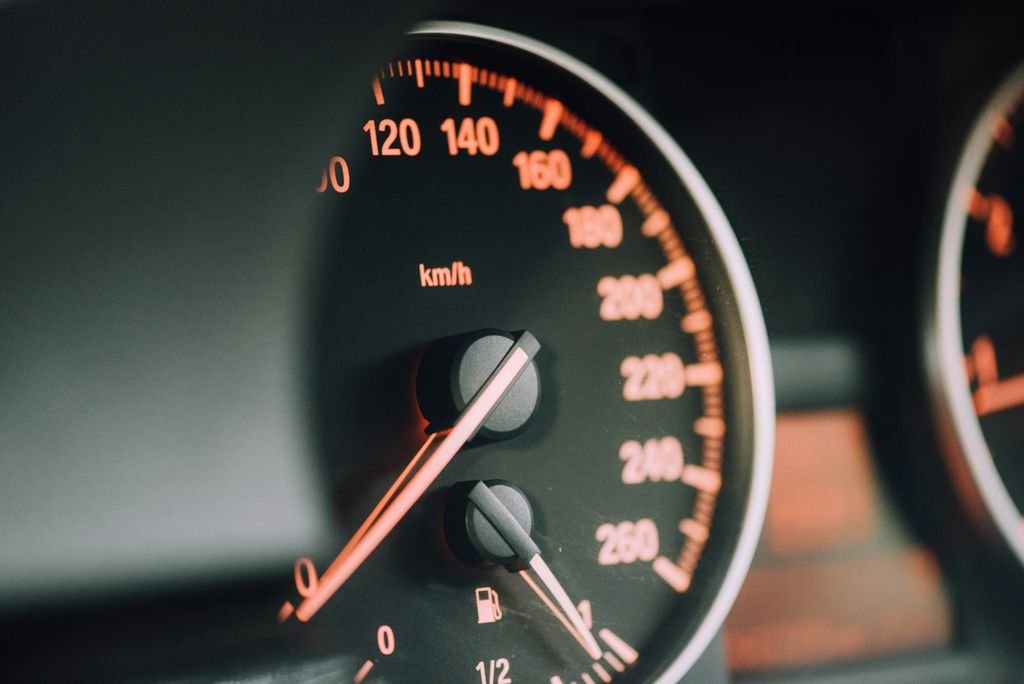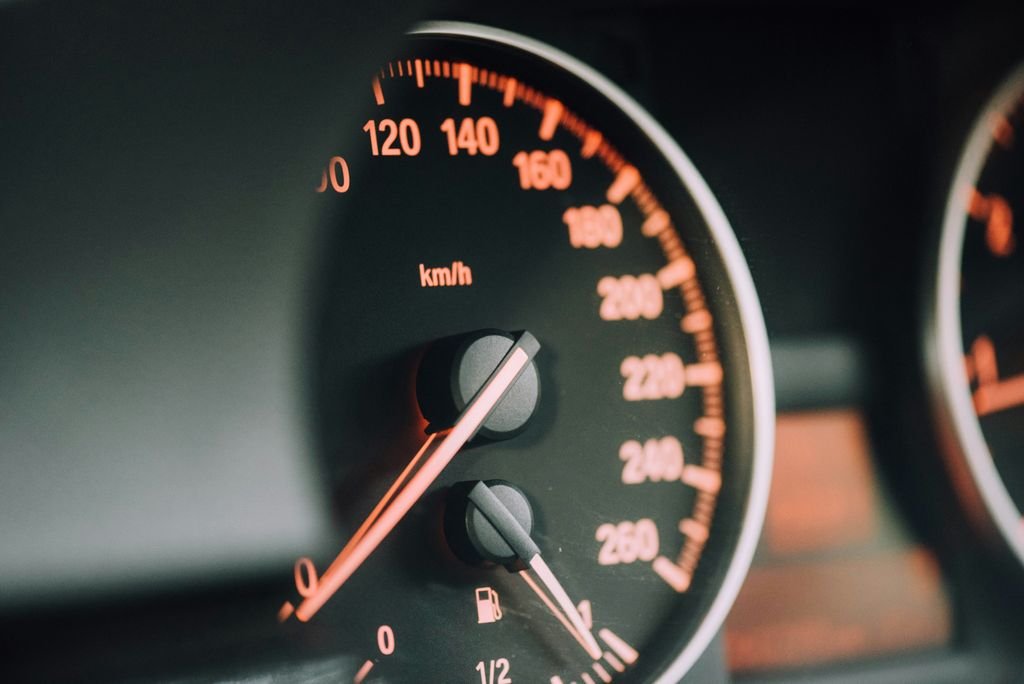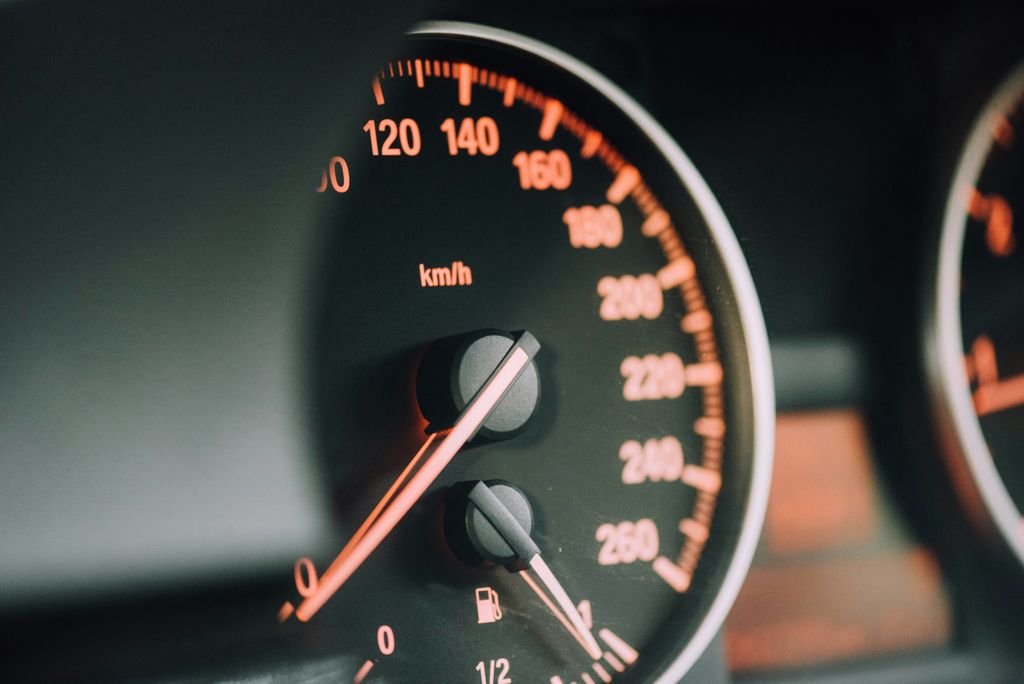Classic Cars and Restoration: How to preserve old cars and the best methods for restoration.
Key Takeaways
- Understanding the history of classic cars is essential for restoration projects.
- Selecting quality restoration materials is crucial for a successful restoration project.
- Engine restoration requires careful attention to detail and expertise.
- Preserving originality in mechanical restoration adds value to the classic car.
- Safety precautions are vital for ensuring a safe and successful restoration process.
Preserving the Legacy: Understanding Classic Cars and Restoration
Exploring the History of Classic Cars
The journey into classic car restoration begins with an appreciation for the rich tapestry of automotive history. From the earliest horseless carriages to the sleek designs of the mid-20th century, each classic car tells a story of technological innovation and cultural significance.
Classic cars are often categorized by the era they were produced in, reflecting the design trends and technological advancements of the time. Here’s a brief overview of these eras:
- The Antique Era (pre-1920s): Characterized by brass fittings and basic engines.
- The Vintage Era (1920s-1940s): Marked by the transition from utility to style and comfort.
- The Classic Era (1940s-1970s): Defined by luxurious features and powerful engines.
Restoration is not just about bringing a car back to life; it’s about preserving a piece of history for future generations to appreciate and learn from.
Understanding the historical context of these vehicles is crucial for any restorer, as it informs the restoration process and helps maintain the vehicle’s authenticity. Enthusiasts often delve into the past of their own vintage vehicle, uncovering its unique story and the legacy it carries.
Key Considerations for Restoration Projects
When embarking on a classic car restoration project, it’s crucial to assess the vehicle’s condition thoroughly. This initial evaluation will guide the extent of the restoration needed and help in budgeting both time and resources.
- Determine the vehicle’s historical value.
- Evaluate the extent of rust and body damage.
- Assess the condition of the engine and mechanical systems.
- Consider the availability of replacement parts.
- Establish a realistic timeline for the project.
It’s essential to balance the desire for perfection with the practicality of the restoration process. Not all parts may be available, and some original features might be impossible to replicate exactly.
Understanding the car’s provenance and setting clear goals for the restoration can prevent costly overruns and ensure that the vehicle’s character is preserved. Remember, a well-planned restoration project is more likely to result in a car that’s both a pleasure to drive and a valuable piece of automotive history.
Choosing the Right Restoration Techniques
Selecting the appropriate restoration techniques is crucial for maintaining the integrity and value of a classic car. Each vehicle may require a different approach, depending on its condition, make, model, and historical significance.
- Research the original manufacturing processes and materials.
- Consider the availability of replacement parts and their compatibility.
- Evaluate the extent of damage and corrosion to determine the necessary restoration level.
It’s essential to balance between preserving the car’s original features and upgrading for safety and performance. Restoration techniques should not only aim to bring back the car’s former glory but also to protect it for future generations.
When in doubt, consulting with experienced restorers or joining a community of vintage vehicle enthusiasts can provide valuable insights and guidance. The collective wisdom of these groups often leads to better restoration outcomes and can help in mastering the art of classic car restoration.
Restoration Essentials: Tools and Materials for Vintage Vehicle Enthusiasts
Essential Tools for Classic Car Restoration
Embarking on a classic car restoration project requires a well-equipped garage. The right tools not only make the job easier but also ensure a higher quality finish.
- Socket set: A comprehensive socket set is indispensable for tackling a variety of nuts and bolts.
- Wrenches: Both combination and adjustable wrenches are essential for loosening and tightening components.
- Screwdrivers: A set of flathead and Phillips screwdrivers will be used constantly.
- Pliers: Needle-nose and regular pliers, along with wire cutters, are a must for electrical work.
- Hammer: A rubber mallet can be useful for gentle persuasion without damaging parts.
Having a detailed inventory of your tools can save time and frustration during the restoration process. It’s important to keep your workspace organized and your tools in good condition to avoid any setbacks.
Remember, investing in high-quality tools pays off in the long run as they tend to last longer and provide more precise work. While it might be tempting to go for cheaper options, they can often lead to more problems down the line.
Selecting Quality Restoration Materials
When restoring a vintage vehicle, the quality of materials used can make or break the final outcome. Selecting the right materials is crucial for both aesthetic authenticity and long-term durability. It’s important to research and source materials that match the original specifications as closely as possible.
- Metals: Use corrosion-resistant alloys for bodywork.
- Upholstery: Choose period-correct fabrics and leathers.
- Paint: Find high-quality paints that offer a historically accurate finish.
- Rubber Components: Opt for high-grade rubber for seals and hoses to prevent premature wear.
Remember, the goal is to restore the vehicle to its former glory, not to compromise on quality for the sake of saving a few dollars. Skimping on materials can lead to more frequent repairs and diminished value.
Finally, while it’s tempting to go for modern substitutes that promise easier maintenance or better performance, such choices can detract from the classic car’s authenticity. Striking the right balance between maintaining originality and ensuring reliability is key.
Safety Precautions for Restoration Work
When diving into the world of vintage vehicle restoration, safety must be your top priority. Proper attire is essential; always wear gloves, eye protection, and appropriate clothing to shield yourself from sharp edges, chemicals, and debris.
Before you begin any restoration work, familiarize yourself with the operation of your tools and equipment. Ensure that all devices are in good working order and that you understand their safety features and limitations.
While working on your classic car, always maintain a clean and organized workspace. This not only prevents accidents but also contributes to a more efficient and enjoyable restoration process.
Here’s a quick checklist to keep in mind:
- Verify that your workspace is well-ventilated, especially when dealing with paint fumes or welding smoke.
- Keep a first aid kit and fire extinguisher readily accessible.
- Regularly check electrical tools for frayed cords or damaged plugs.
- Store flammable materials safely and away from any sources of heat.
- Take regular breaks to avoid fatigue, which can lead to mistakes and accidents.
Reviving the Classics: Engine and Mechanical Restoration Tips
Understanding Engine Restoration
Restoring the engine of a classic car is a journey back in time, a process that demands not only mechanical skill but also a deep respect for the engineering of the past. The goal is to revive the heart of the vehicle while preserving its historical integrity. Engine restoration can range from a basic rebuild to a full-scale refurbishment, depending on the condition of the original engine and the desired outcome.
When approaching engine restoration, it’s crucial to assess the engine’s current state accurately. This involves a thorough inspection to identify any wear, damage, or modifications that have occurred over the years.
A successful engine restoration hinges on meticulous planning and attention to detail. Here’s a list of fundamental steps to consider:
- Disassembly of the engine, taking care to label and organize all components.
- Cleaning all parts to remove grime and assess their condition.
- Inspecting components for wear and deciding whether to repair, refurbish, or replace.
- Sourcing authentic parts or suitable replacements that maintain the engine’s original character.
- Reassembling the engine with precision, ensuring all parts align and function as intended.
Each step requires patience and a commitment to quality, as even minor oversights can lead to significant issues down the road. The reward, however, is a smoothly running engine that not only powers the vehicle but also preserves a piece of automotive history.
Mechanical Components to Focus On
When delving into the mechanical restoration of a classic car, certain components demand your attention due to their critical role in vehicle performance and safety. Suspension and braking systems are at the forefront, as they directly influence the driving experience and safety of the vehicle. It’s essential to inspect these systems thoroughly and replace any worn or outdated parts with period-correct components when possible.
Next on the list are the transmission and drivetrain, which require a keen eye for wear and tear. A smooth transmission is key to the vehicle’s operation, and ensuring that gears shift effortlessly will preserve the joy of driving your classic car.
- Steering system
- Electrical wiring and components
- Fuel delivery system
- Exhaust system
Each of these systems plays a pivotal role in the car’s overall functionality and must be addressed with precision and care. For instance, the steering system’s responsiveness is crucial for handling, while the electrical system’s reliability is non-negotiable for a trouble-free experience.
While it’s tempting to upgrade to modern parts for improved performance, remember that maintaining the authenticity of your vintage vehicle can significantly impact its value and historical integrity. Striking the right balance between restoration and preservation is key.
Tips for Preserving Originality in Mechanical Restoration
When restoring a vintage vehicle, preserving its originality is crucial for maintaining its historical integrity and value. Use original parts whenever possible to ensure authenticity. If original parts are not available, seek out period-correct reproductions that match the original specifications.
- Document every part you remove and its placement.
- Match paint codes and finishes to the era of the vehicle.
- Prioritize mechanical over cosmetic replacements to maintain driving authenticity.
It’s essential to balance restoration with preservation. Over-restoring can detract from the vehicle’s character and history. Aim to conserve the vehicle’s patina and original features whenever feasible.
Remember, the goal is to revive the vehicle’s past glory, not to create a modern version of it. Consult with restoration experts and use historical references to guide your restoration decisions, ensuring that each choice honors the vehicle’s legacy.
Conclusion
In conclusion, the art of restoring vintage vehicles is a labor of love that requires patience, skill, and dedication. Preserving classic cars is not just about maintaining their physical appearance, but also about honoring their history and legacy. By following the top restoration tips outlined in this article, vintage vehicle enthusiasts can ensure that these timeless treasures continue to inspire admiration for generations to come. Classic cars and restoration are not just about reviving old vehicles; they are about preserving a piece of automotive history and passing it on to future enthusiasts.
Frequently Asked Questions
What are some key considerations for classic car restoration projects?
Key considerations include assessing the condition of the vehicle, setting a restoration budget, and researching the availability of replacement parts.
What are the essential tools needed for classic car restoration?
Essential tools include socket sets, wrenches, screwdrivers, pliers, hammers, and specialty tools for specific restoration tasks.
How can I preserve the originality of a classic car during mechanical restoration?
To preserve originality, it’s important to carefully document the original components, use authentic replacement parts, and avoid unnecessary modifications.
What safety precautions should be taken during classic car restoration work?
Safety precautions include wearing protective gear, working in a well-ventilated area, using proper lifting equipment, and following manufacturer’s guidelines for tools and equipment.
What are some common mechanical components that require special attention during restoration?
Common components include the engine, transmission, suspension, brakes, and steering system, all of which require thorough inspection and restoration.
How can I select quality restoration materials for classic car projects?
Selecting quality materials involves researching reputable suppliers, choosing materials that match the original specifications, and considering factors such as durability and authenticity.





